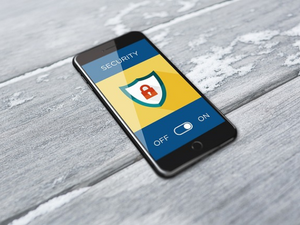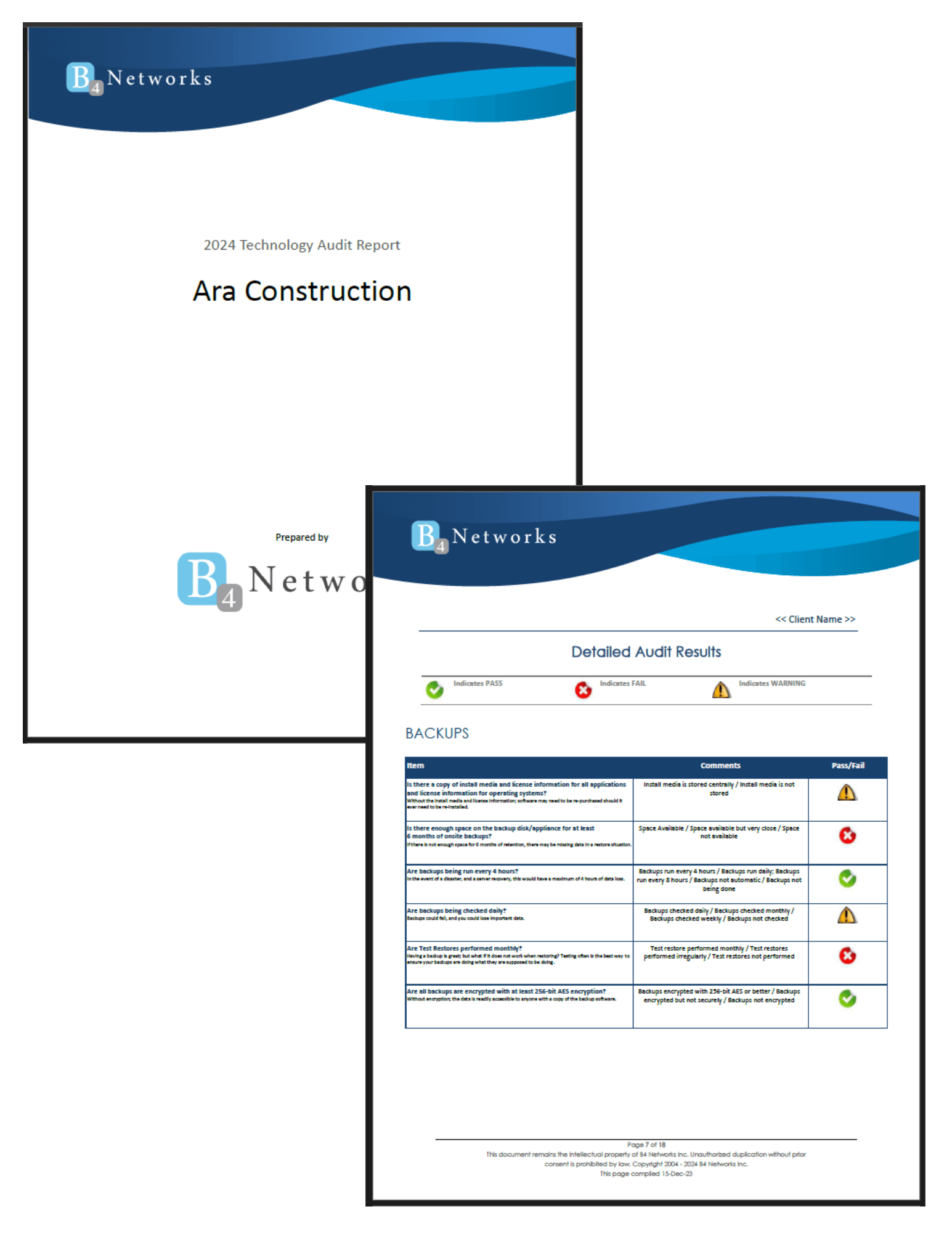Authored by: Bryan Lachapelle, President & CEO
 In today’s fast-paced digital world, securing our online accounts has never been more critical. The latest update in the ongoing battle for cybersecurity? Multi-factor authentication (MFA) is now taking center stage. As cyber threats become more sophisticated, relying on a simple password is no longer enough to protect your personal information. Experts worldwide are urging everyone to adopt MFA for stronger, more reliable security.
In today’s fast-paced digital world, securing our online accounts has never been more critical. The latest update in the ongoing battle for cybersecurity? Multi-factor authentication (MFA) is now taking center stage. As cyber threats become more sophisticated, relying on a simple password is no longer enough to protect your personal information. Experts worldwide are urging everyone to adopt MFA for stronger, more reliable security.
So, what exactly is MFA, and why is it so important?
MFA is an additional layer of protection that requires you to verify your identity in more than one way. After entering your password, you’re prompted to provide further proof of who you are—whether it’s a code sent to your mobile device, facial recognition, or even a fingerprint scan. This means that even if a cybercriminal manages to steal your password, they won’t be able to access your account without this second layer of verification.
Here’s how MFA works:
It relies on three factors—something you know (like a password or a code), something you have (like a mobile device or authentication app), and something you are (like a fingerprint or facial scan). When combined, these elements drastically reduce the risk of unauthorized access to your sensitive information.
However, while MFA significantly strengthens your security, cybercriminals are always on the lookout for ways to bypass these defenses. One common method is social engineering—posing as customer support and asking for the verification code sent to your phone or email.
Remember: Never share your MFA code with anyone, especially unsolicited callers or texts claiming to be from trusted sources.
Another tactic hackers use is called MFA fatigue, where scammers send a continuous stream of push notifications hoping that you’ll eventually approve the verification either by accident or out of frustration. If you receive unexpected verification requests, do not accept them and report the incident to your service provider.
Implementing MFA is a simple and essential step in safeguarding your online presence. Most accounts today offer easy-to-follow instructions for setting it up. Just go to your account settings, look for options labeled "two-factor" or "two-step verification," and follow the prompts to enable it. It’s especially important to start with sensitive accounts, such as your banking or email, where personal data is at a higher risk.
Take control of your digital security today by enabling MFA across your accounts. In this age of evolving cyber threats, we must all take action to keep our world safe and secure. Let’s outsmart the cybercriminals—activate MFA now!
If you do not currently have an IT provider or would like a second opinion on your network security, please don’t hesitate to reach out to our team. We are here to serve you in the Niagara Region and Simcoe County, 24/7/365.
Niagara: 905-228-4809
Barrie: 705-885-0993
Email: help@b4networks.ca



